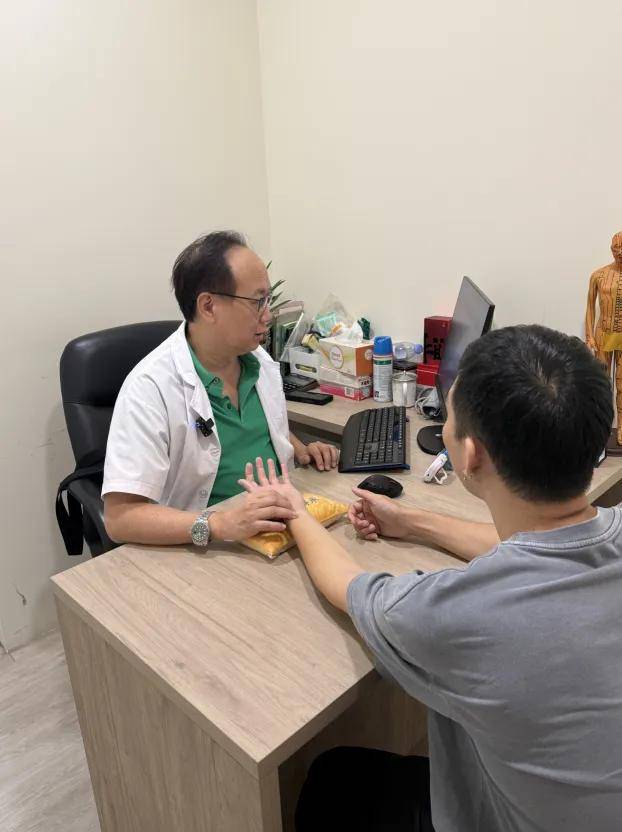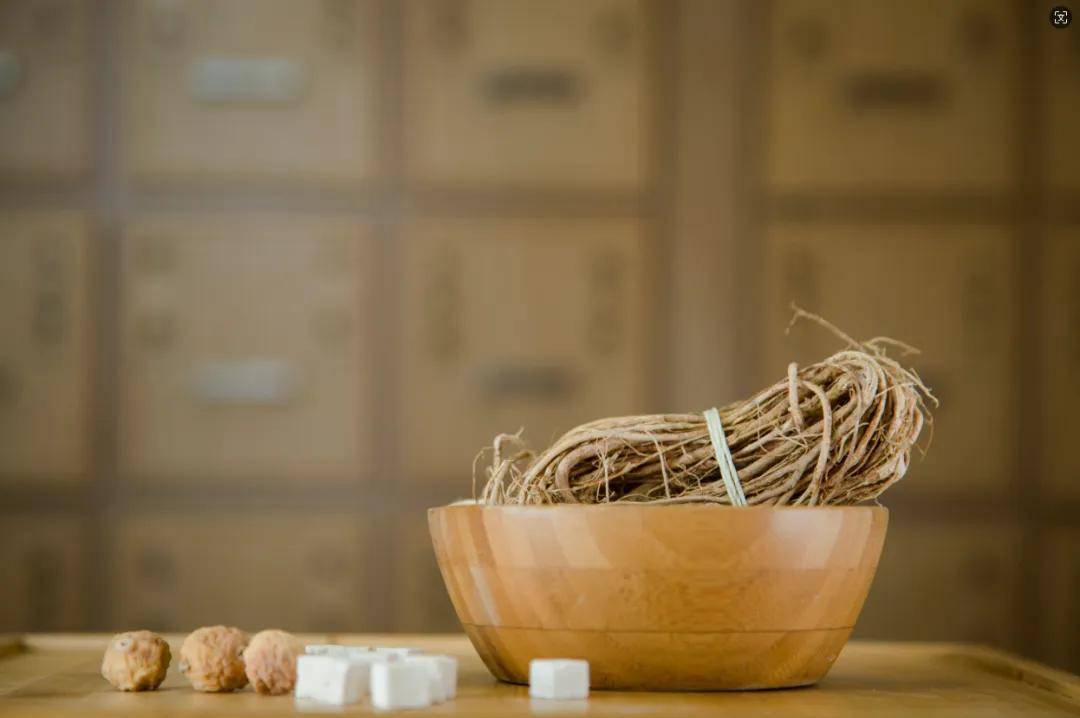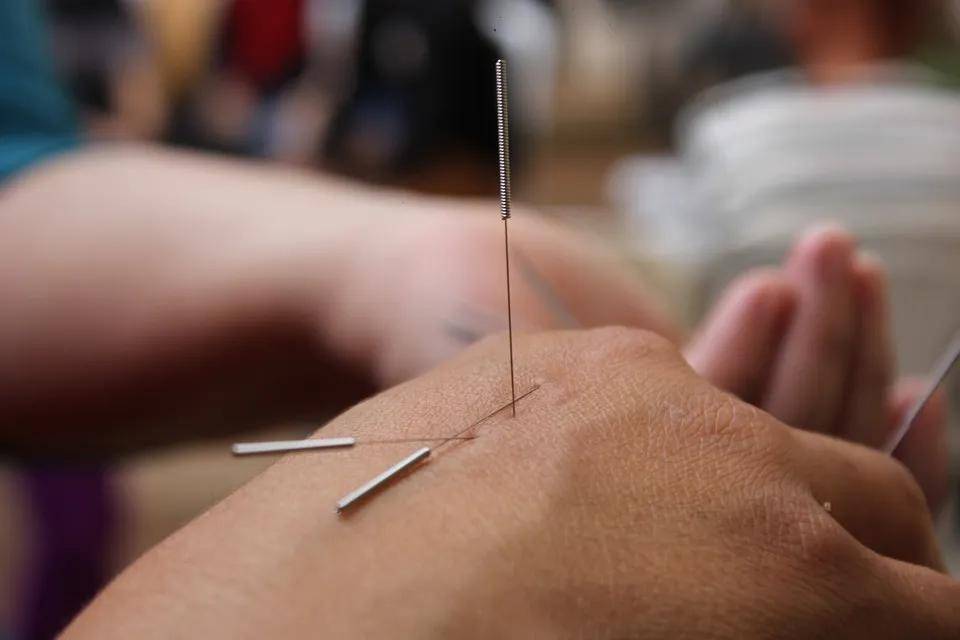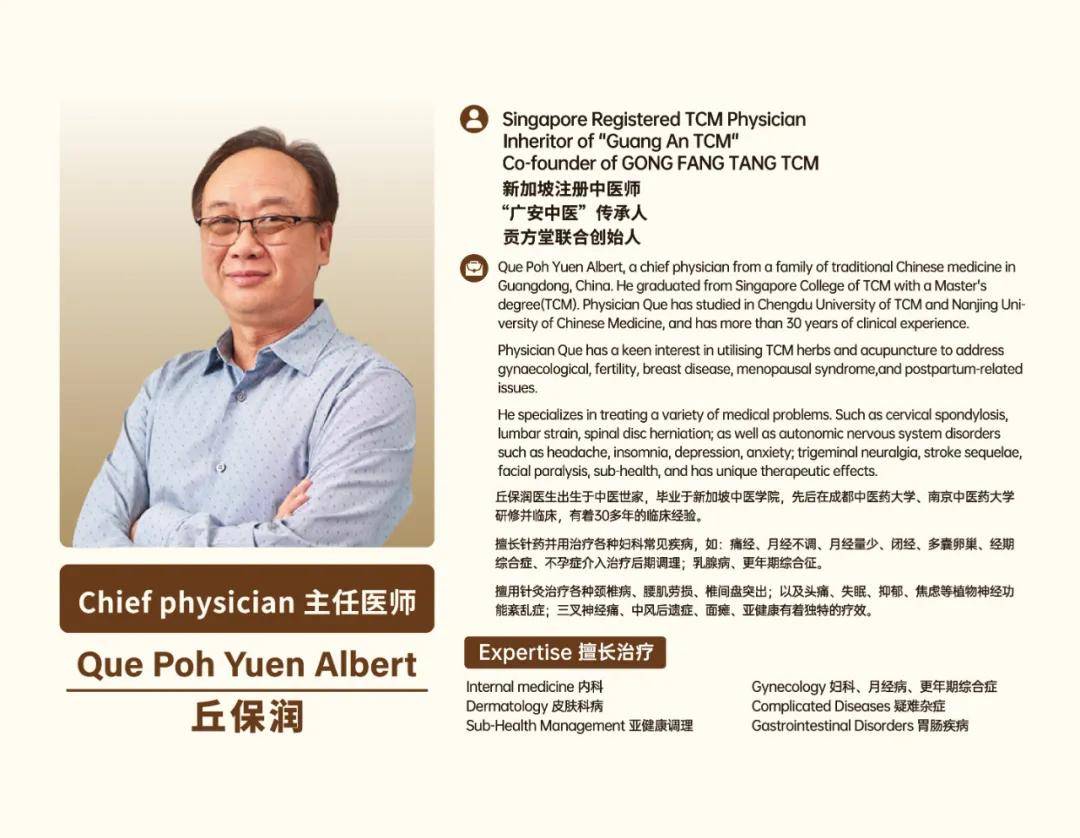- Physicians
- Clinics
- TCM
- Western GP
-
Fees
-
Deals & Privileges
- About & Resources
- Contact Us
What to Do About Tendonitis?
Even with medication and treatment, relief is temporary, and symptoms often recur.
What Is Tendonitis?
Tendonitis refers to the inflammatory swelling, tenderness, and restricted movement caused by chronic overuse and friction of tendons, leading to acute or chronic damage.
Simply put, when our hand joints remain in one position for too long or are overused, friction between tendons and their sheaths increases, triggering inflammation.
In daily life, many people over 40, especially manual laborers, frequently suffer from tendonitis.
Dr. Que Poh Yuen Albert from Singapore Gong Fang Tang TCM Pain Management Department explains that early-stage tendonitis is often overlooked. However, watch for these warning signs:
Morning Stiffness: Difficulty moving fingers or wrists, accompanied by a "clicking" sound.
Localized Pain: Tenderness at the knuckles, worsening with movement. In severe cases, joints may lock, limiting flexion/extension—even making it hard to hold a pen or drive.

How Does Traditional Chinese Medicine (TCM) View Tendonitis?
In TCM, tendonitis is considered a manifestation of "sinew injury," often caused by overuse of the hands, leading to poor blood and Qi circulation, resulting in insufficient nourishment of the tendons.
TCM treatment for tendonitis primarily follows the principles of promoting blood circulation, resolving stasis, reducing swelling, and relieving pain. Methods include herbal ointments, Shexiang Qutong Liniment (musk pain-relieving liniment), and herbal hand soaks. These treatments aim to expel wind, cold, dampness, and pathogenic factors, unblock meridians, regulate Qi and blood flow, improve local circulation, and repair damaged tissues.
Ganglion cysts, known in TCM as "sinew nodules" or "sinew lumps," are cystic masses that develop in the tendon sheaths near joints. They contain colorless, transparent, or orange-yellow viscous fluid and have a dense, tough wall. They commonly occur on the back of the wrist or foot.
Symptoms may include localized pain, tenderness, weakness, and occasional numbness after exertion. If the cyst presses on nerves (e.g., on the palm side), it can cause hand numbness. Cysts on the flexor tendon sheath of the fingers may cause pain when gripping objects.
Both tendonitis and ganglion cysts are considered Qi stagnation and blood stasis conditions, which is why ganglion cysts are also called "sinew nodules." In TCM, the liver governs the tendons, and when liver Qi is obstructed, blood and Qi congeal, forming lumps. Thus, while overuse is a factor, emotional stress should also be considered.
Activate blood circulation, resolve stasis, unblock collaterals, and relieve pain.
Grind equal parts clove (Ding Xiang) and cinnamon (Rou Gui) into powder.
Massage the Ashi point (painful spot) with the thumb until the area turns red (3-5 minutes).
Clean the affected area, place the herbal powder on a Musk Bone Strengthening Plaster, and apply it to the area. Replace every 24 hours.
Clove and cinnamon warm the interior, dispel cold, and promote meridian flow.
Musk Bone Strengthening Plaster expels wind-dampness, activates blood, and relieves pain.
Massage helps promote blood circulation, relax spasms, and alleviate pain.
Combining these methods helps reduce inflammation and swelling, providing muscle relaxation, pain relief, and improved tendon function.
This treatment is low-cost, easy to apply, and suitable for all ages, making it an effective approach for tendon injuries.

TCM Treatment Methods
TCM treatments for tendonitis also include herbal medicine, acupuncture, tuina (therapeutic massage), and herbal poultices. Acupuncture targets specific points, such as LI11 (Quchi) and Ashi points, to relieve pain and improve blood circulation. Tuina helps relax muscles and reduce local tension.
Additionally, TCM practitioners tailor treatment plans based on each patient’s constitution and condition to achieve optimal results.
Patient: Female, aged 50+
Chief Complaint: Pain and swelling in the left thumb joint for over a month, gradually worsening with restricted flexion. Previous acupuncture and physiotherapy at a local clinic showed no improvement.
Examination:
Swelling on the palmar side of the left thumb joint with a palpable, tender lump.
Severe pain upon pressure.
Limited flexion of the metacarpophalangeal and interphalangeal joints—barely able to bend.
TCM Diagnosis:
Tendonitis of the thumb, caused by chronic non-bacterial inflammation due to mechanical friction in the tendon sheath.
Treatment:
Small needle-knife therapy to release adhesions.
Supported by moxibustion and acupuncture.
Full recovery achieved post-treatment.

TCM emphasizes individualized diagnosis and treatment—each patient receives a tailored prescription. If you're experiencing similar issues, consult a licensed TCM practitioner for personalized care. Your privacy will be respected, and your condition addressed effectively.
Disclaimer: This article aims to share TCM perspectives and is not medical advice. Always consult a qualified practitioner for diagnosis and treatment.
